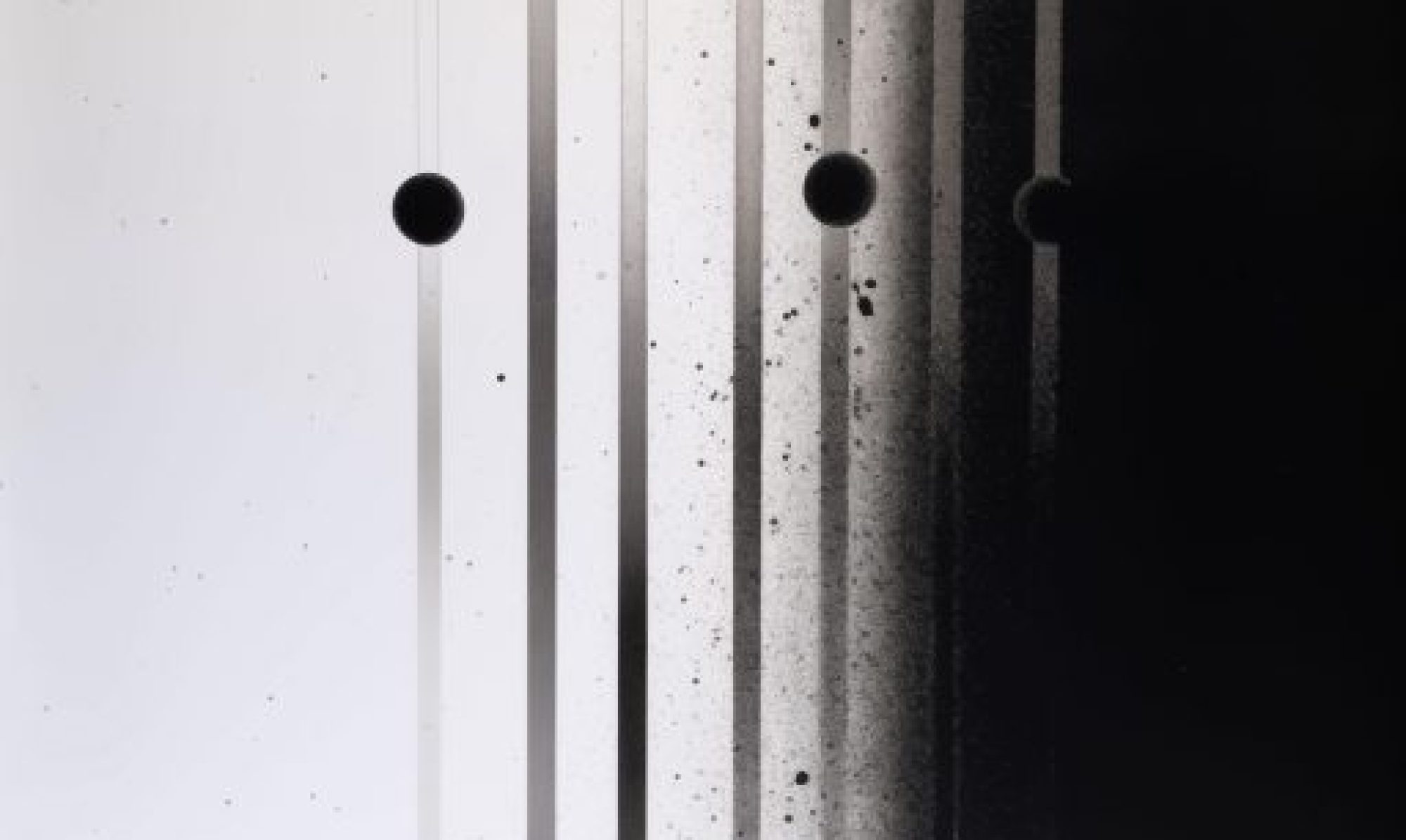i8u – Tomas Phillips ligne (CD by ATAK) 2009
Atak is a Japanese label born in 2002, founded by Keiichiro Shibuya and maria, a duo also known as “Slipped Disk”. Its catalogue comprises fifteen releases so far, including Shibuya’s newest work (“For Maria”). All published albums have electronics as predominant factor, although managed from different viewpoints, primarily dealing with experimentation fields and sound art aspects. ”Ligne”, out two months ago, marks a collaboration (a new synergy after “Anther” in 2006) between France Jobin, Canadian sound-sculpture artist (i8u) and Tomas Phillips, American composer as well as literature teacher.i8u creates, since more than a decade, acclaimed works, live performances and installations, Phillips’ sound is usually associated to reference labels like Trente Oiseaux, and/OAR, Non Visual Objects, Line, and, recently, Koyuki. ”Ligne” could be read as a report of visions, feelings and aesthetic attitudes, reflecting the intellectual background of its authors, whose abilities, combined together, produce an astounding result beyond expectation. Four tracks here: two “lines” (which open and close the work) as boundary for a point and a data (names given to the other pieces), about a hour of encoded information, a persistent stream from the start-up to the last pulse, unpredictable sound sceneries proposed. Environmental recordings are present, of course, but it is also possible to notice compositional moments, forceful changes of state, harmonic structures which tangle up. Dilated, extended soundscapes burst on the scene, fade away and revitalize themselves after a while. The first drawing is built on cracklings, glitches, interferences which intersect resounding patterns, melodic (in rare moments) or (more often) soaked with a hypnotic vein. This scheme is kept for the first half of the track, then new, different perturbations on a more minimal ground and a new mutation around the thirteenth minute: electronic pulses meet repeated, manipulated piano tones. In the second piece there’s a prevalence of subtle frequencies and defective insertions, what causes a granular effect in pure microsound style. “Donnée”, the third track, is also the longest and the most fascinating: it starts with rustles, scattered noises, rumblings placed in continuum, then evolves in suave patches put on abrasive surfaces. Lastly, “Ligne”, once more an immersion into profound sounds, exploded with more violence, sharp-pointed projections which afterwards dissolve into more peaceful states, almost meditative. Excellent interaction between the two protagonists, intelligent use of (re)sources, spent for a very complex work, really expressive…or, to be precise, visual.
Label: Atak Cat. #: ATAK013 Format: CD Release date: 2009
Tracklisting:
01 – Ligne (18:23)
02 – Point (08:38)
03 – Donnée (19:15)
04 – Ligne (10:10)
-Spiritual Archives.
Giuseppe Angelucci
Address: http://atak.jp



